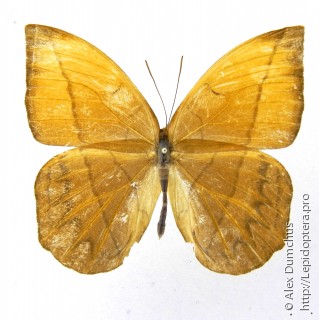
Щелкните по фотографии для увеличения
Основная галерея. Верх. Коллекционный экземпляр.
Фотография: Александр Думчус. Фото без обработки на сайте. Определение: Дмитрий Пожогин
Время и место съемки/ловли: 2015-03-00 00:00:00, Вьетнам, пров.Quang Ngai
Форма загрузки комментариев неактивна для незарегистрированных пользователей.
Зарегистрируйтесь или зайдите в свой аккаунт, чтобы загрузить комментарий.
Других снимков этого вида пока нет.
Зарегистрируйтесь на сайте и/или войдите в свой аккаут, чтобы предложить свой снимок этого или другого насекомого